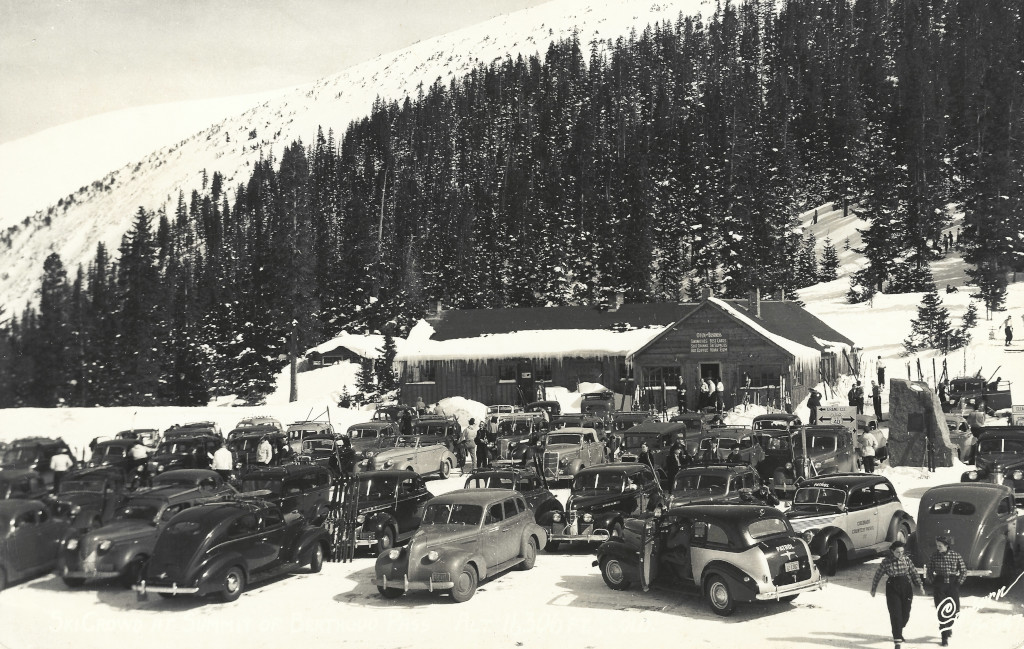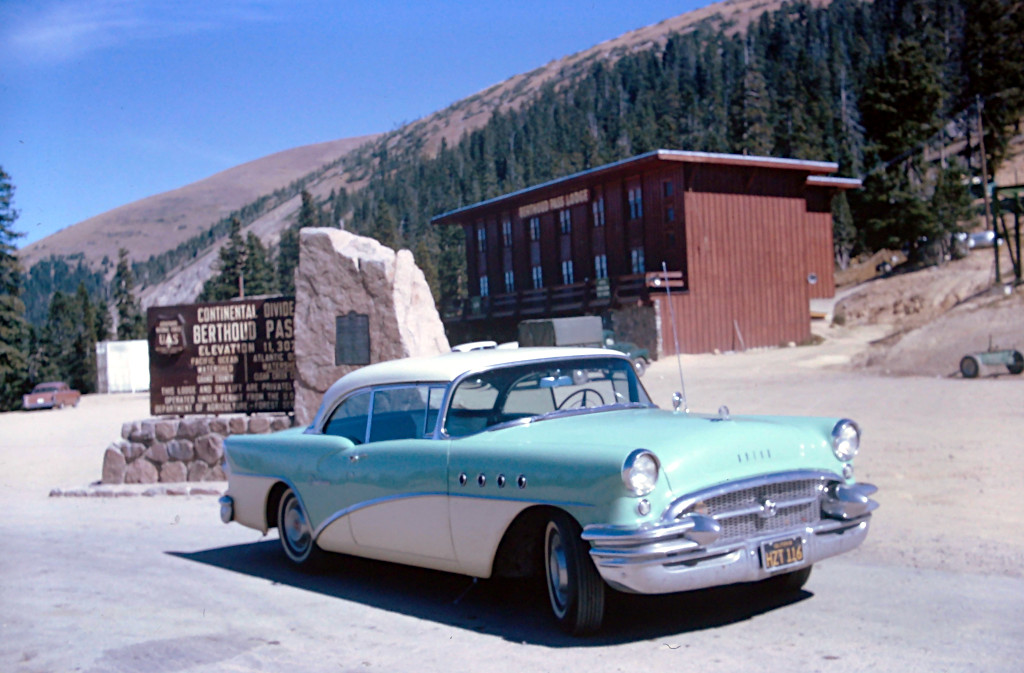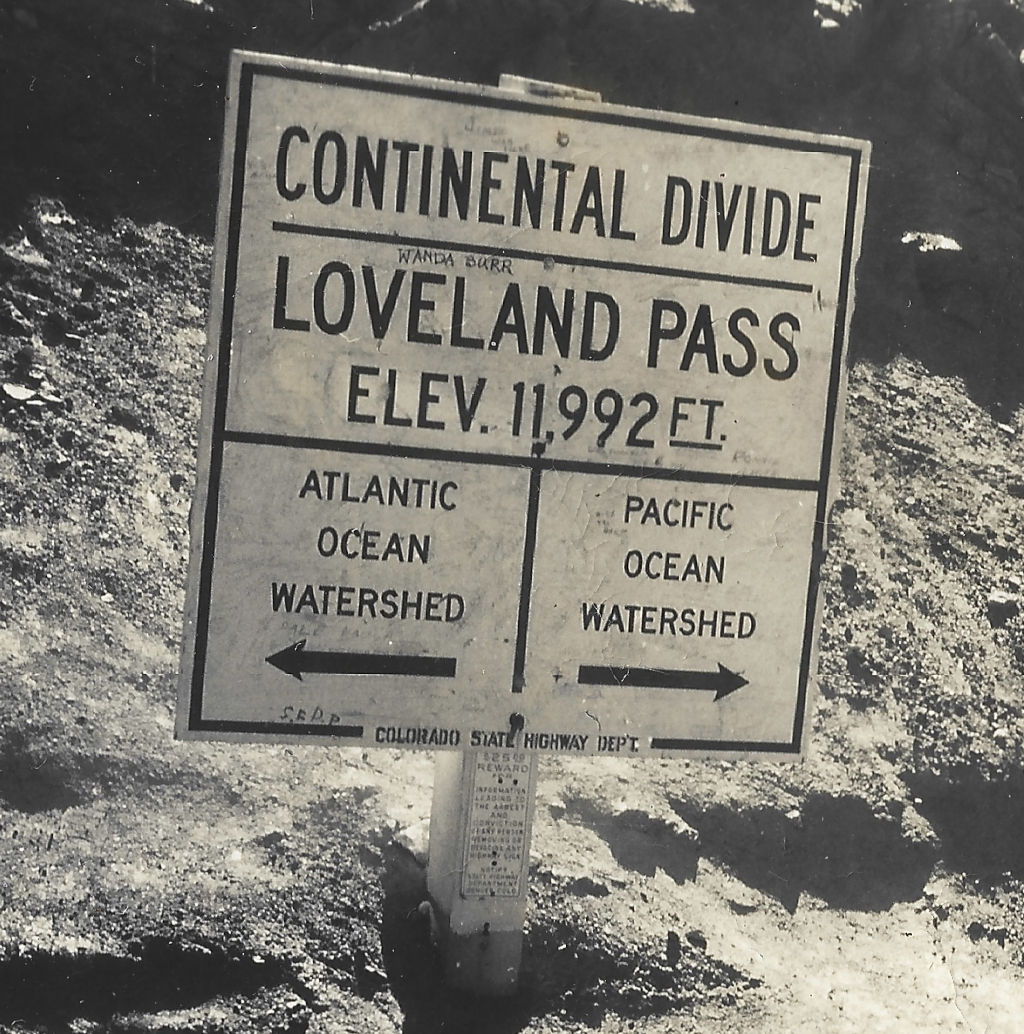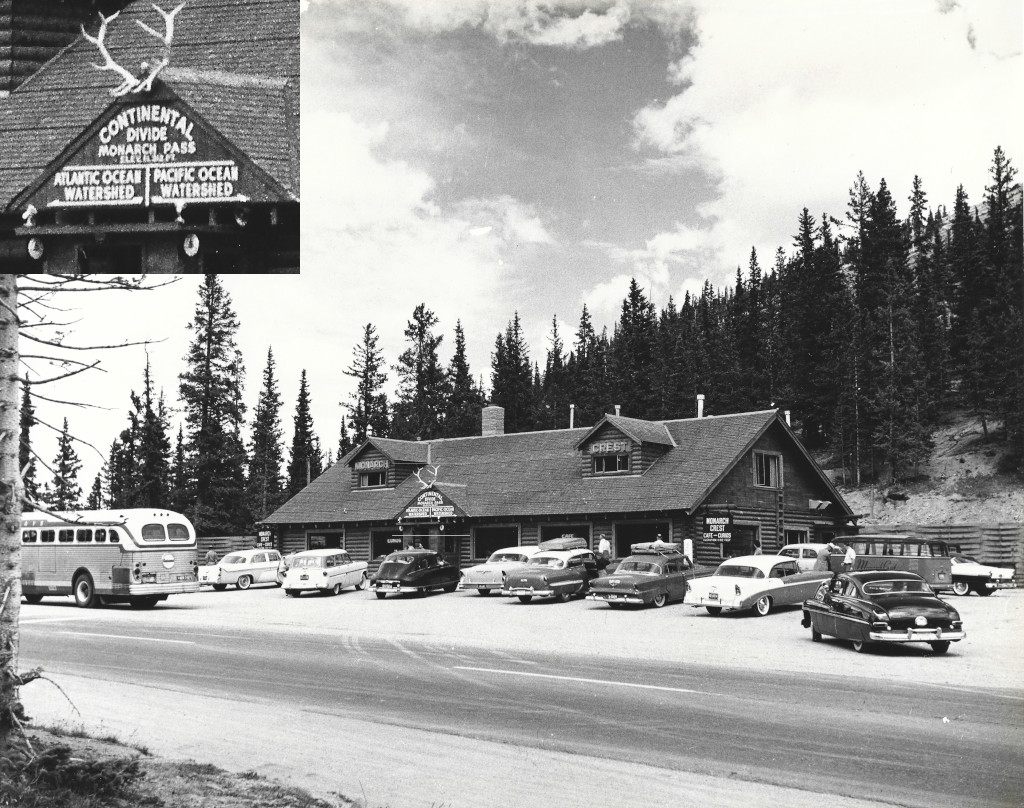The mountain terrain that is located to the west of Denver has given automobiles a unique set of challenges in Colorado. Mining profits drove settlers to build wagon roads and railroads deep into the Rocky Mountains in the 1800s. As mining booms came and went, ghost towns and abandoned wagon roads would soon follow. Some would never be used again, while others would remain open, fueling a wave of recreation into the mountains as automobiles gained popularity. Some would eventually turn into the modern Colorado highways that exist today.
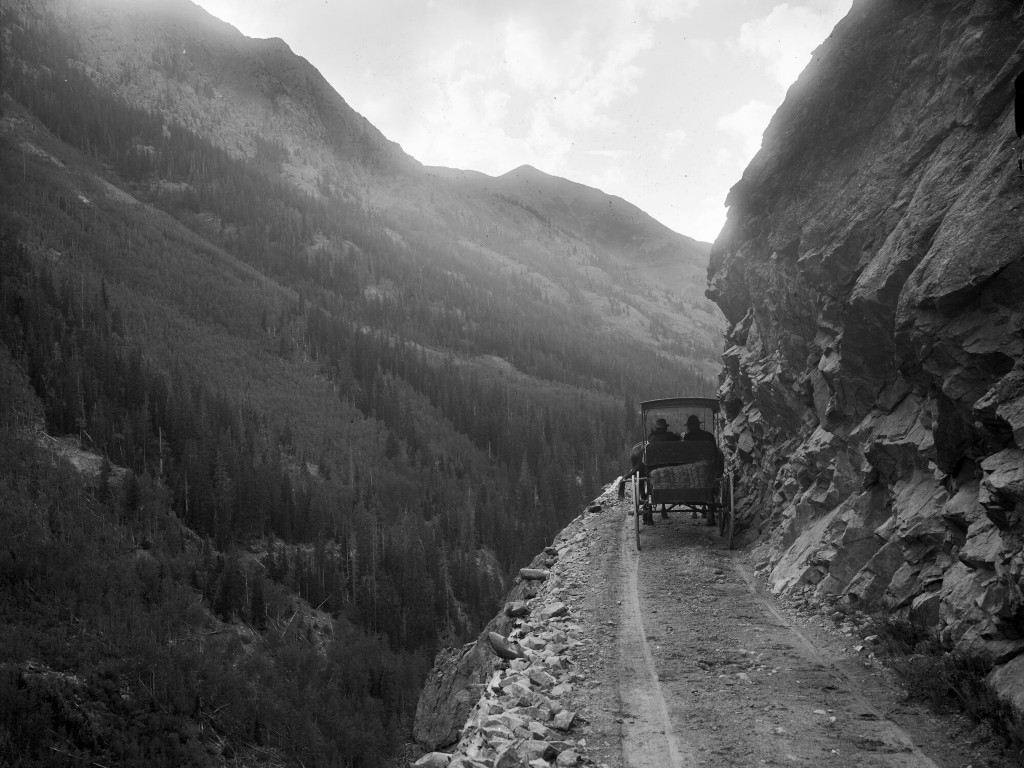
Building Colorado's Mountain Passes
Photos and info about the history of Colorado’s wagon roads and modern highways through the mountains.
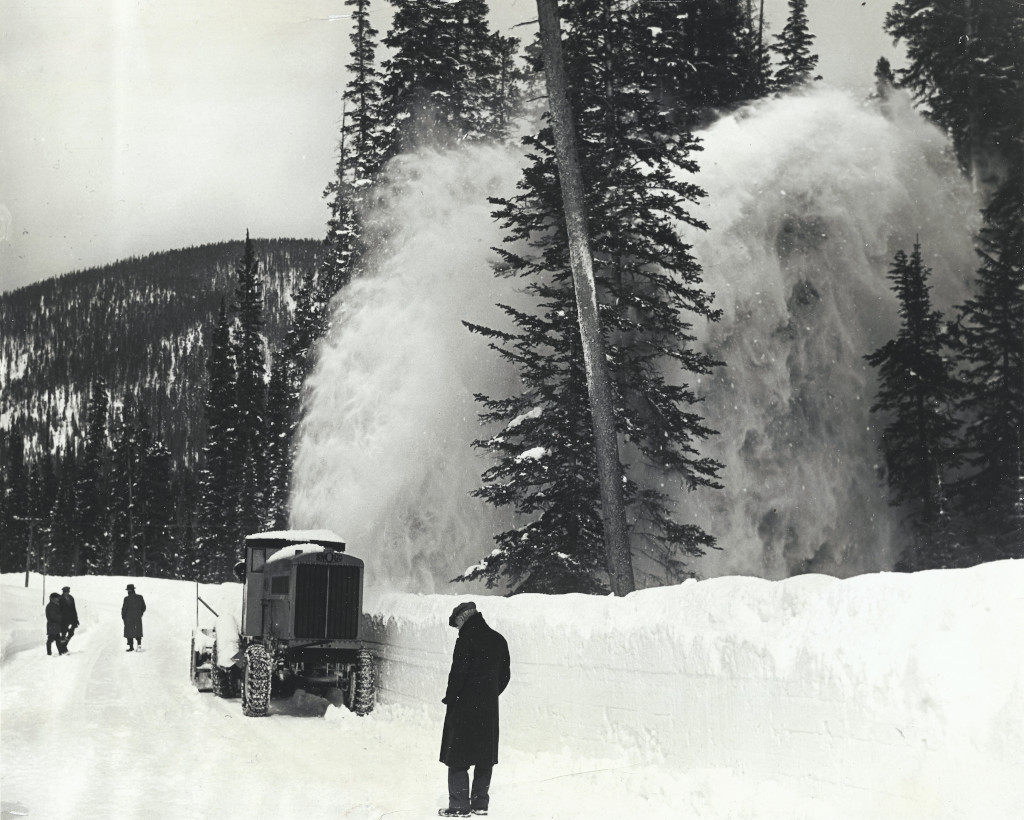
History of Rotary Snowplows on Colorado's Mountain Passes
From homemade adaptations of railroad designs to the modern auger snowplows that keep the toughest mountain passes open today.
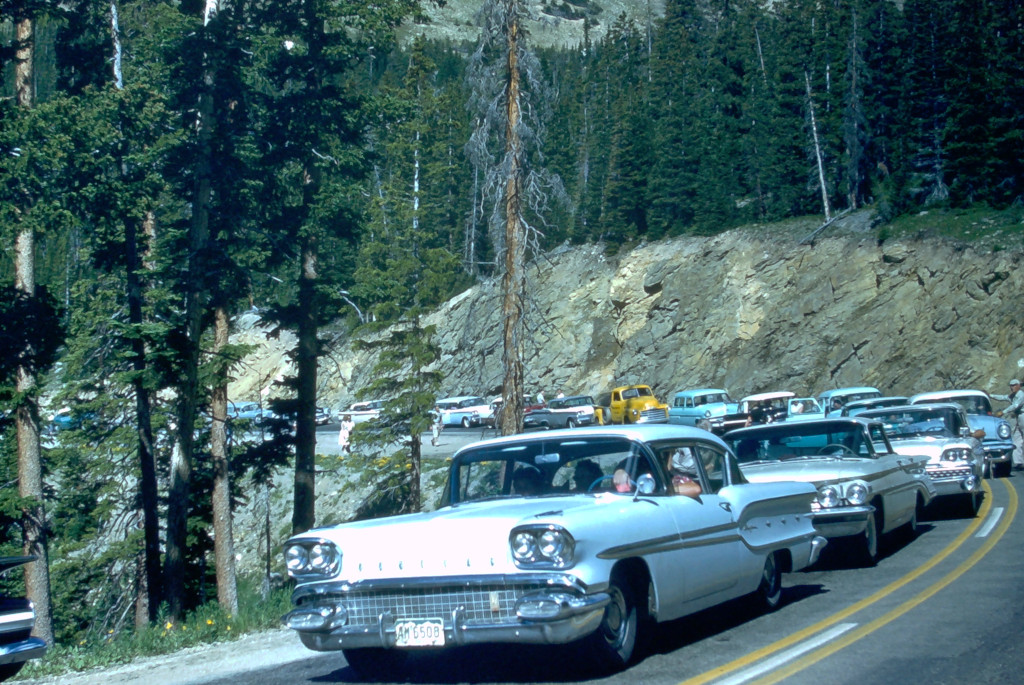
The In-Depth History of Berthoud Pass
Berthoud Pass construction timeline and history of the ski area, Berthoud Pass Lodge and more.
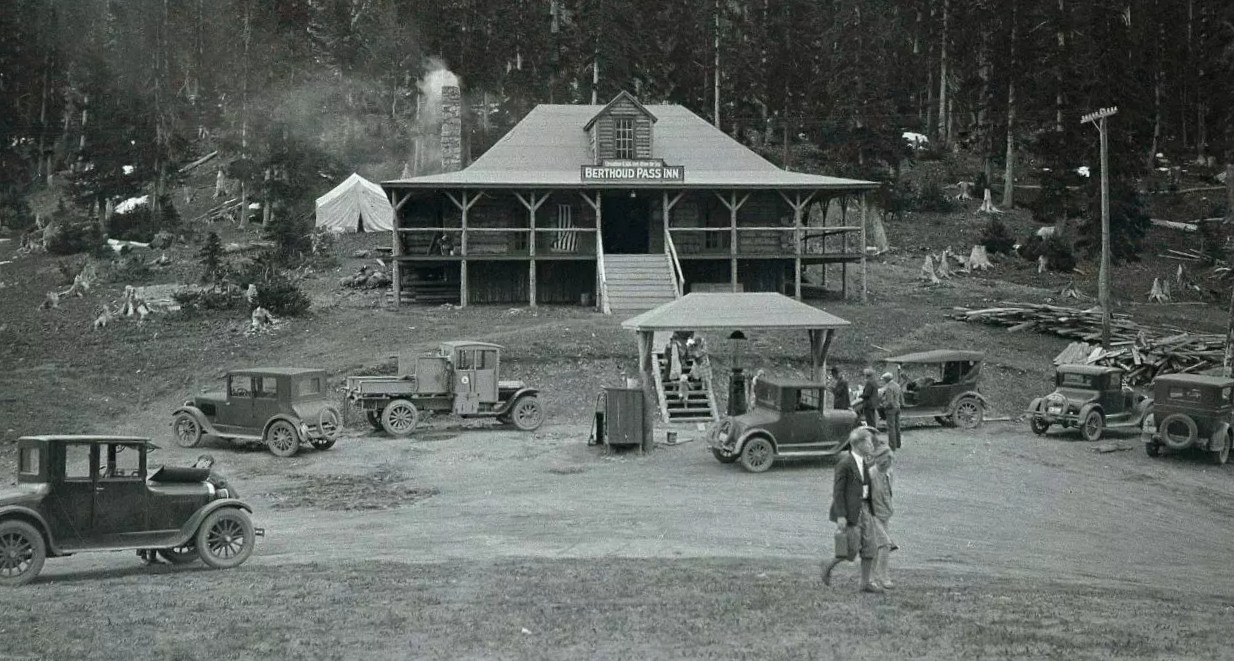
History of the Berthoud Pass Inn
The history of the Berthoud Pass Inn, Berthoud Pass Lodge, the some of the shelter houses and other buildings that have been built at the top of Berthoud Pass.
Did You Know?
The Monarch Pass Continental Divide sign used to say, ‘Vail Pass.’ The road was built by Charles Vail and the road sign at the top initially read ‘Vail Pass’. This did not last long, and the name would soon be officially changed to Monarch Pass by the Colorado Governor. An image of the Vail Pass sign on Monarch Pass can even be seen in the archives here.
Independence Pass, Loveland Pass, Berthoud Pass and the Million Dollar Highway all used to be tolls roads. They are not alone. Many other Colorado highways through the mountains that still exist today were once toll roads.
Loveland Pass and Berthoud Pass have been historical competitors. They have competed for funds and to have a tunnel built to take cars through the divide. When Loveland lost out to Berthoud Pass for a major round of state funding in 1913, this resulted in Hoosier Pass being the dominant route for cars into the Breckenridge area instead of Loveland Pass. A true quality road for automobiles would not be completed over Loveland Pass until 1932.
Colorado Auto History FAQ
The Eisenhower Tunnel was first opened in 1973. The Johnson Tunnel, going in the opposite direction, was completed in 1979.
Yes, the first horseless carriages to be built here were built in the 1890’s, however, none of those prototypes would go on to any commercial production. The first production car to be built in Colorado was built in 1905, tested successfully by early 1906, and was into production by 1907 with approx. 7 sold and 20 new orders placed.¹
Interstate 70 began opening to the public in 1961, and construction would continue for several decades. The last part of the interstate through Colorado to be completed was Glenwood Canyon, which was finished in 1992. Highway 6 took the same route through key parts of the mountains and this was the predecessor to Interstate 70 (ref).
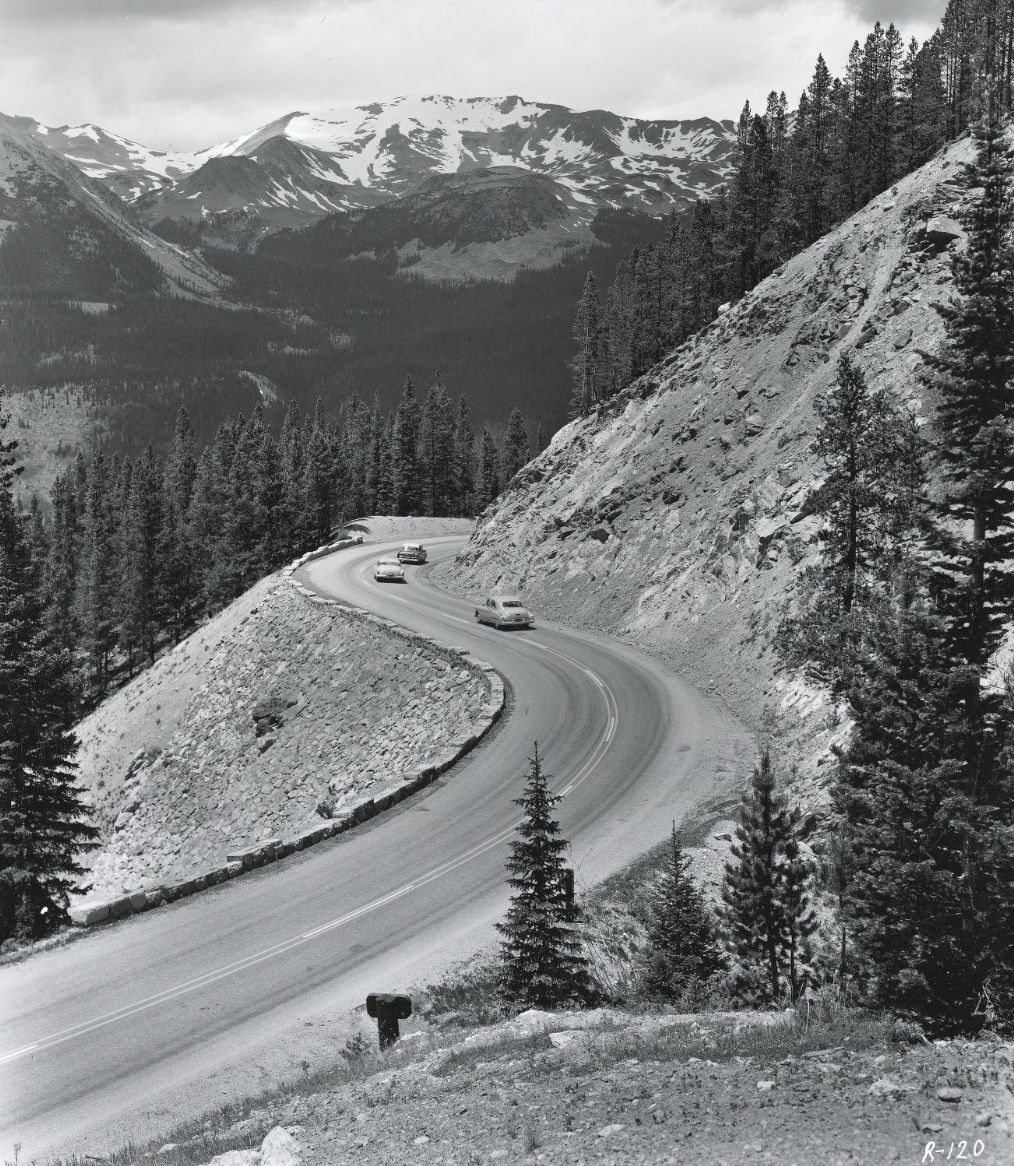
References & Credits
Images Credits: Denver Public Library Special Collections/Harry Mellon Rhoads [Rh-1108] | More info

